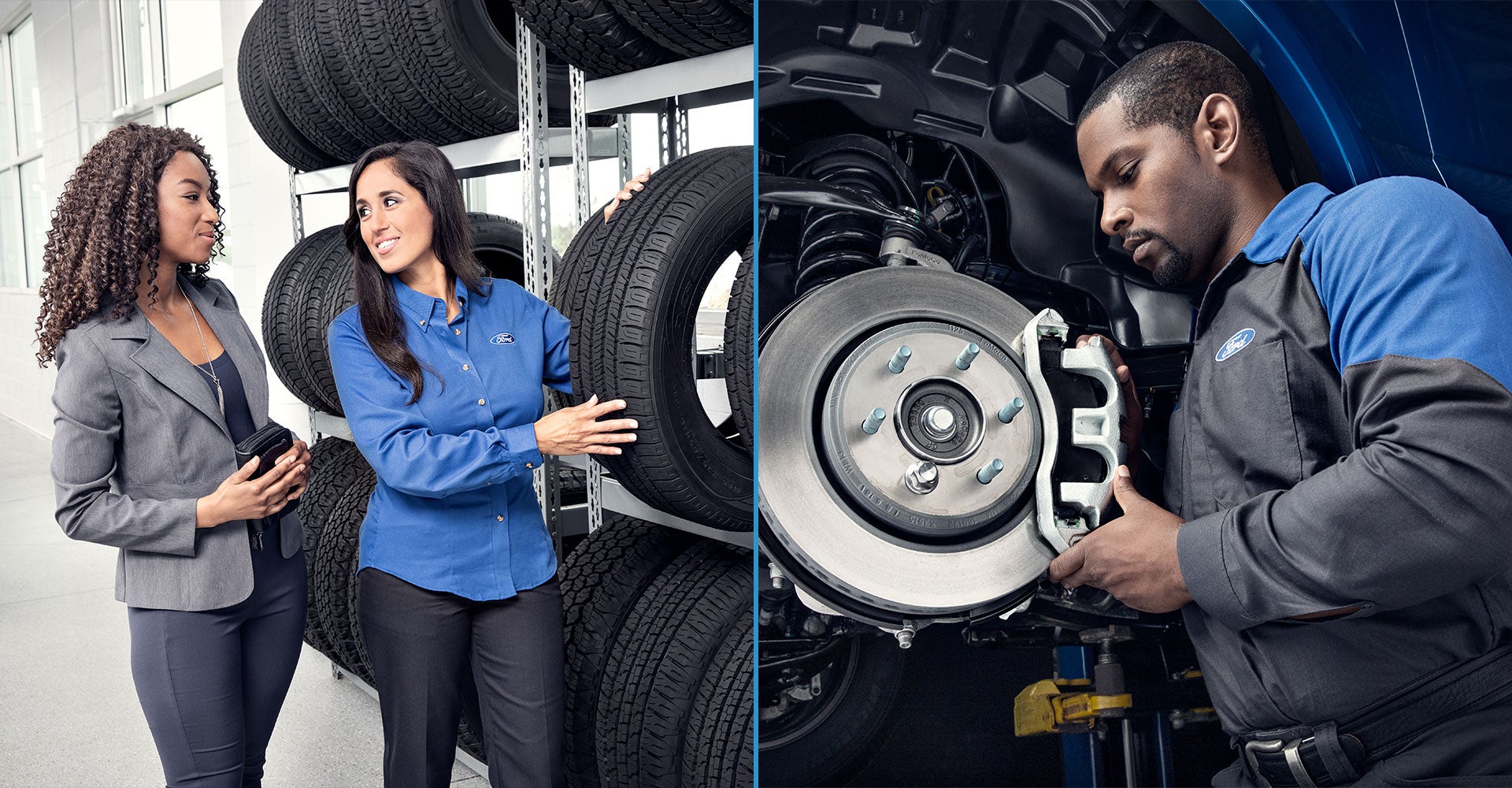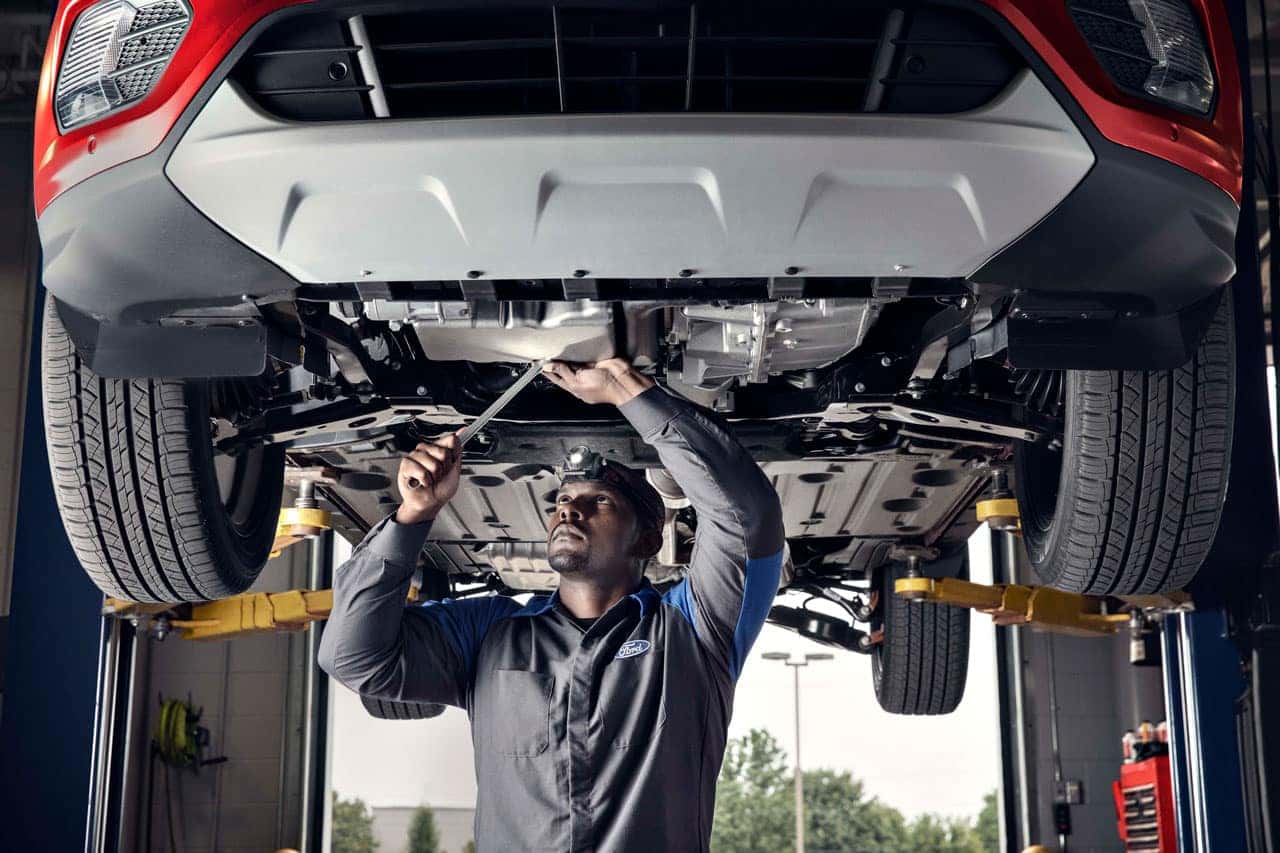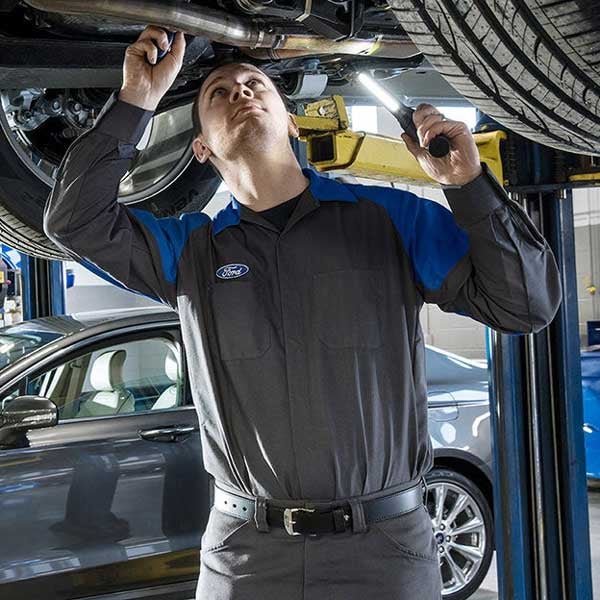When it comes to getting behind the wheel of a new Ford, one of the first questions you must consider is whether to go for a lease or finance it. Both options have their pros and cons, and your decision should be based on your personal preferences, affordability, and vehicle retention plan. In this article, we'll compare the key differences between leasing and buying, allowing you to choose wisely.
Leasing a Ford: The Benefits
Leasing a Ford truck can be a great choice if you prefer frequent vehicle upgrades or if you want lower monthly payments. Here are some of the top benefits of leasing:
- Lower Monthly Payments: Lease payments are generally easier to manage than loan payments, making it easier to drive a higher-end model.
- New Car Every Few Years: Leasing offers access to a new car every lease cycle without worrying about long-term maintenance costs.
- Minimal Maintenance Costs: Since most leases last for a shorter term, the car will likely still be under warranty, reducing financial surprises.
- Flexible End of Lease Options: At the end of your lease, you can buy it outright, upgrade to a different Ford, or end your lease with no obligation.
Buying a Ford: The Benefits
Buying a Ford model might be a better choice if you’re looking for complete autonomy and the freedom to make modifications. Let’s take a look at the advantages of buying a Ford:
- Ownership: When you buy a Ford, you have full ownership. You can drive it for many years, which makes buying a great choice for those who don’t want to switch often.
- No Mileage Limits: When you buy, you avoid extra mileage fees, which is great if you tend to take road trips. Leasing agreements often have mileage restrictions that can lead to costly penalties if exceeded.
- Unlimited Customization: You’re free to tailor it to your liking however you like, whether it’s installing performance parts.
- Build Equity: When you buy, you work towards full ownership. Once the loan is paid off, you own the car outright, which gives you the ability to profit from resale.
Key Differences Between Leasing and Buying
While both leasing and buying offer distinct advantages, there are a few critical differences to keep in mind:
- Upfront Costs: When leasing, the initial payment is usually lower, with fewer costs due at signing. However, when buying, your down payment may be higher, especially if you’re financing the vehicle.
- Long-Term Commitment: Buying requires a long-term financial commitment, whereas leasing typically spans a shorter term, allowing for more flexibility in vehicle choice.
- End of Term: With leasing, you’ll need to return the vehicle at the end of the lease term, but when you buy, the car is yours to keep, sell, or trade in at any time.


